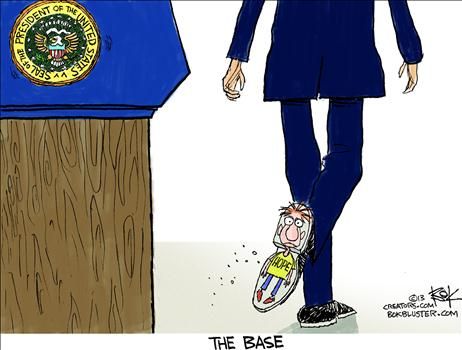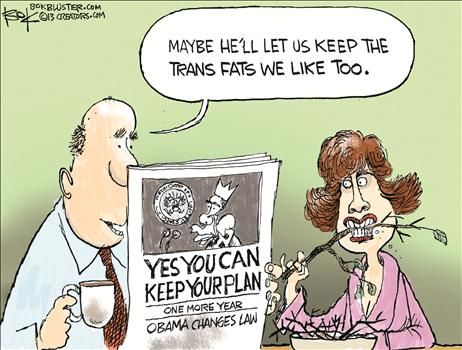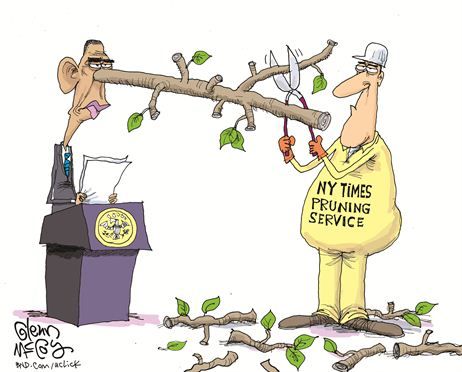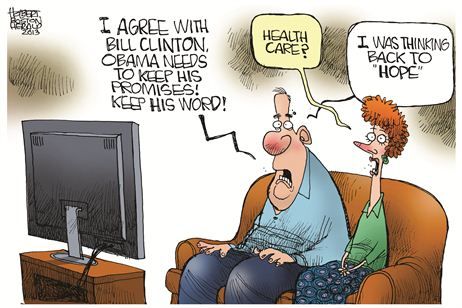Lee Harvey Oswald was a communist who idolized Castro and hated America.
By James Piereson
November 15, 2013
It has been 50 years since President John F. Kennedy was cut down on the streets of Dallas by rifle shots fired by Lee Harvey Oswald, a self-described Marxist, defector to the Soviet Union, and admirer of Fidel Castro. The evidence condemning Oswald was overwhelming.
The bullets that killed President Kennedy were fired from his rifle, which was found in the warehouse where he worked and where he was seen moments before the shooting. Witnesses on the street saw a man firing shots from a window in that building and immediately summoned police to provide a description. Forty-five minutes later a policeman stopped Oswald in another section of the city to question him about the shooting. Oswald killed him with four quick shots from his pistol as the policeman stepped from his squad car. He then fled to a nearby movie theater where he was captured (still carrying the pistol).
Yet opinion polls suggest that 75% of American adults believe that JFK was the victim of a conspiracy. Most of the popular books published on the murder have argued for one or another conspiracy theory, with the CIA, FBI, organized crime or right-wing businessmen cast as the villains. Why does the Kennedy assassination still provoke so much controversy?
A large part of the answer can be found in the social and political climate of the early 1960s. Immediately after the assassination, leading journalists and political figures insisted that the president was a victim of a "climate of hate" in Dallas and across the nation seeded by racial bigots, the Ku Klux Klan, fundamentalist ministers and anticommunist zealots. These people had been responsible for acts of violence across the South against blacks and civil-rights workers in the months and years leading up to Nov. 22, 1963. It made sense to think that the same forces must have been behind the attack on Kennedy.
Lee Harvey Oswald, above, in Dallas in March 1963, posing with the rifle used to assassinate JFK and holding copies of the socialist newspaper the Militant and the communist newspaper the Worker. Below: Oswald, wearing sunglasses, with friends in Minsk, Russia, where he lived from 1960-62. Corbis
Getty Images
James Reston, then chief political correspondent for the New York Times,NYT +1.87% published a front-page column the day after the assassination under the title, "Why America Weeps: Kennedy a Victim of Violent Streak He Sought to Curb in Nation." Chief Justice Earl Warren, who would soon head the investigation into the shooting, blamed "bigots" for the assassination. Syndicated newspaper columnist Drew Pearson wrote that JFK was the victim of a "hate drive." Sen. Mike Mansfield, in a eulogy, attributed the assassination to "bigotry, hatred, and prejudice."
Many said that JFK had been killed because of his support for a civil-rights bill. Others, the Kennedy family included, wanted the slain president remembered with Abraham Lincoln as a "martyr" to the cause of racial justice.
For his part, President Lyndon Johnson saw that his job as national leader was to supply meaning to the tragedy. "John Kennedy had died," he said later, "but his cause was not really clear. I had to take the dead man's program and turn it into a martyr's cause."
In his first address to Congress as president, Johnson challenged the House and Senate to pass the stalled civil rights bill as a memorial to his slain predecessor. On the international front, Johnson feared a dangerous escalation of tensions with the Soviet Union. As Reston wrote for the Times on Nov. 25, just three days after Kennedy's assassination: "One of the things President Johnson is said to be concerned about is that the pro-Communist background of Lee Oswald . . . may lead in some places to another Communist hunt that will divide the country and complicate the new President's relations with Moscow."
Ironically, U.S. leaders adopted a line similar to the one pushed by the Soviet Union and communist groups around the world. They likewise blamed the "far right" for the assassination. A Soviet spokesman said that, "Senator [ Barry ] Goldwater and other extremists on the right could not escape moral responsibility for the president's death."
These were the myths that grew up around the assassination and, strangely enough, they are still widely believed. A new book, "Dallas 1963," put out by a respected publishing house, traces the assassination to "a climate of hatred" created by right-wing businessmen, religious leaders and media moguls.
The facts are that President Kennedy was a martyr in the Cold War struggle against communism. The assassin was a communist and not a bigot or a right-winger. Oswald defected from the U.S. to the Soviet Union in 1959, vowing when he did so that he could no longer live under a capitalist system. He returned to the U.S. with his Russian wife in 1962, disappointed with life under Soviet communism but without giving up his Marxist beliefs or his hatred of the U.S. By 1963, Oswald had transferred his political allegiance to Castro's communist regime in Cuba.
In April 1963, Oswald attempted to shoot Edwin Walker, a retired U.S. Army general, as he sat at a desk in his dining room. Walker was the head of the Dallas chapter of the John Birch Society and a figure then in the news because of his opposition to school integration and his demand that the Castro regime be overthrown. The rifle Oswald used in the attempt at Walker's life was the one he used to shoot Kennedy.
Dallas police would not identify Oswald as Walker's would-be assassin until after the assassination of Kennedy, but Oswald, fearful that he would be identified for the Walker shooting, fled Dallas for New Orleans. In June 1963 he established a local chapter of Fair Play for Cuba, a national organization dedicated to gaining diplomatic recognition for Castro's regime. Oswald was filmed by a local television station in New Orleans circulating leaflets on behalf of the Castro government and was jailed briefly following a street altercation with anti-Castro Cubans. Soon thereafter he appeared on a local television program to debate U.S. policy toward Cuba.
In late September, Oswald left New Orleans to travel to Mexico City in pursuit of a visa that would permit him to travel to Cuba and then to the Soviet Union. As documented in the Warren Commission Report, he took along a dossier of news clippings on his pro-Castro activities to establish his revolutionary bona fides with personnel at the Cuban and Soviet embassies in the city.
Oswald returned to Dallas empty-handed after being told that his application would take months to process. He was still waiting on his application six weeks later when he read that President Kennedy's forthcoming visit to Texas would include a motorcade through downtown Dallas and past the building where he worked.
The assassin's motives for shooting Kennedy were undoubtedly linked to a wish to interfere with the president's campaign to overthrow Castro's government. After the Cuban Missile Crisis, Kennedy pledged to abandon efforts to overthrow Castro's regime by force. But the war of words between the two governments continued, and so did clandestine plots by the Kennedy administration to eliminate Castro by assassination.
Castro, however, was probably aware of these plots against him, thanks to information thought to have been provided by a Cuban double agent. In early September, Castro declared in an interview with an American reporter that U.S. officials wouldn't be safe if they continued efforts to assassinate Cuban leaders. A transcript of the interview was published in the local paper in New Orleans where Oswald was then living; and it may have been Castro's remarks that sent him on his trip to Mexico City a few weeks later. Oswald was attentive to the smoldering war between the U.S. and Cuban governments and to the personal and ideological war of words between Castro and Kennedy.
The JFK assassination was an event in the Cold War, but it was interpreted by America's liberal leadership as an event in the civil-rights crusade. This interpretation sowed endless confusion about the motives of the assassin and the meaning of the event. The vacuum of meaning was filled by a host of conspiracy theories claiming that JFK was a victim of plots orchestrated by right-wing groups.
The widespread feeling that disreputable elements in American culture contributed to Kennedy's death—fed by liberal media figures and politicians—encouraged an anti-American attitude that was a pronounced aspect of the radical and countercultural movements of the 1960s. In the process, the real assassin, his political coloration and likely motives were airbrushed from history.
Mr. Piereson, a senior fellow at the Manhattan Institute, is the author of "Camelot and the Cultural Revolution: How the Assassination of John F. Kennedy Shattered American Liberalism" (Encounter, 2013).








